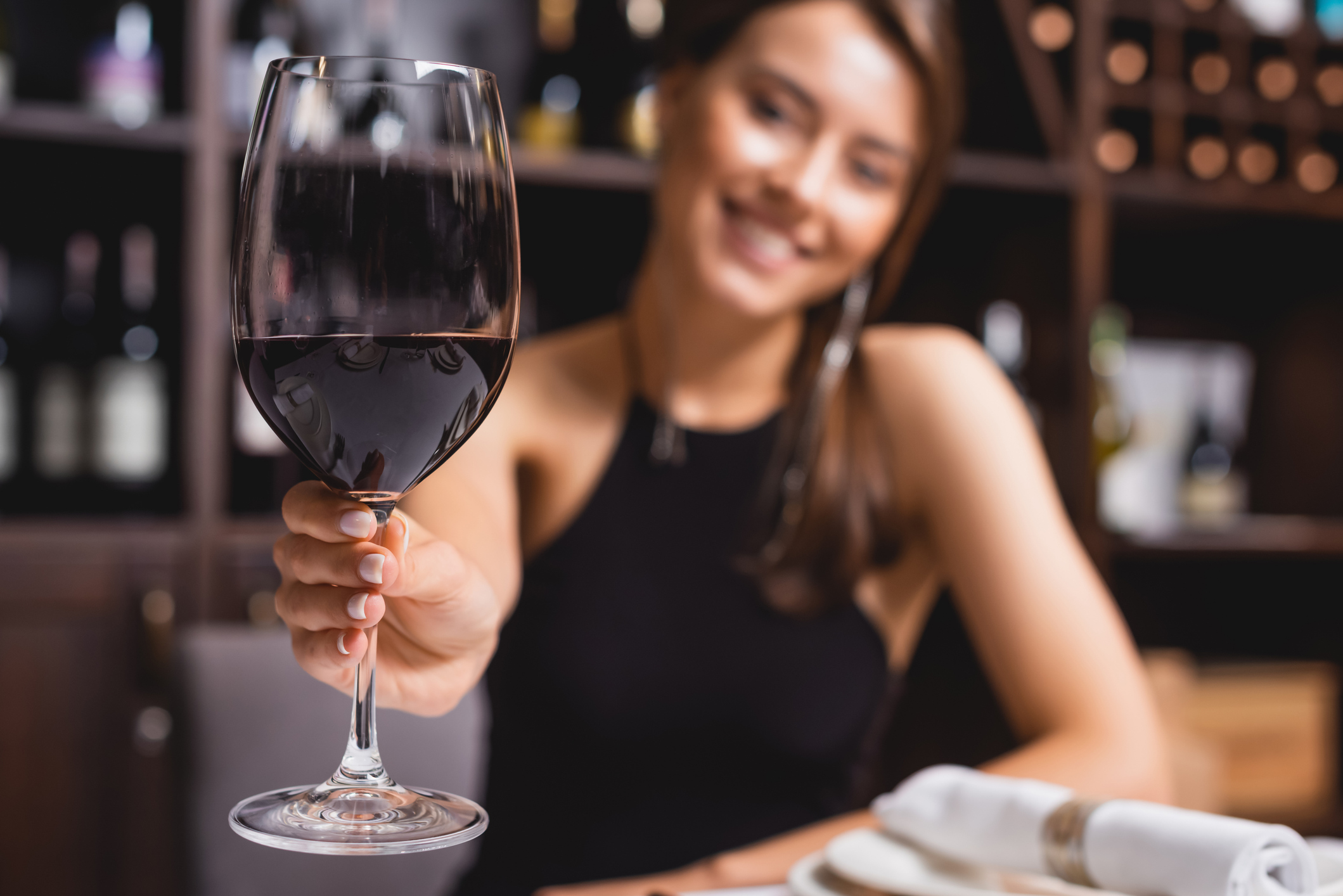Shepherd uses the experience of wine tasting to better understand sensory perception, which involves detecting, recognizing, characterizing and responding to stimuli. Wine tasting is an especially attractive process to study because it involves all five major sensory systems: sight, smell, taste, touch and even hearing.
Sensory Perception
Flavor is created by the brain in the same way color is created by the brain using different wavelengths of light and their surroundings. No two people see color in exactly the same way. For example, some people have perceived a dress in a particular photo as white and gold while others say it’s blue and black, as explained by the BBC. Other sensory systems — like pain — also involve the brain interpreting stimuli in ways that we typically can’t control.
In wine tasting, connoisseurs have become more aware of the different stimuli involved and have learned to use them in ways that elevate the experience. So does wine make you smarter? Maybe, but only if you savor what you are drinking.
The Wine Tasting Process
In wine tasting, the experience starts before any wine is poured. The taster will anticipate the event based on past experiences and develop other expectations based on visual cues, conversations and imagination. This mounts as the bottle of wine is presented, popped open and poured into a glass, activating even more memories of past wine experiences. A connoisseur often then moves the glass to inspect the wine for color and turbidity. This visual inspection influences the expected flavor, which is why wineries invest so much in glass bottles, fancy labels and old-fashioned corks.
Next, a swirl of the glass releases aromas from the wine. The taster may lift the glass to their nose and take a deep breath in, engaging their sense of smell. At this point, experienced wine drinkers might be salivating at the imagined taste. The actual tasting then finally happens by taking just a sip and holding it in the mouth. This floods the taste and touch receptors on the tongue with sensory input. Connoisseurs might swirl the wine around their mouth with their tongue to expose all their taste buds to the drink, trying to detect what they can: sweet, sour, salty, bitter, and umami (savoriness).
The flavor of the wine can be further enhanced by breathing in through the lips to aerate the wine in the mouth. Volatile molecules released by the wine are carried up the back of the throat to smell receptors in the nose, especially as the taster then breathes out through their nose. This is referred to as retronasal smell. More than any other sense, smell is linked with memory — like the smell of your grandmother’s cooking or freshly cut grass.
The final step is ingestion, which is a conscious decision that closes the passage between the nose and the mouth, dampening the flavor. Once swallowing is complete, the flavor of the wine continues to linger. Throughout the process, experienced wine tasters are working to fit this particular experience with previous ones, evoking a collection of memories of taste, smell, sight, touch and sound. And all of this is further enhanced by conversations with other tasters, food and music.
Flavor involves all the sensory systems of the head and upper body as well as and the muscles of the tongue, jaw and cheeks. It also activates the central brain systems for smell recognition, memory, emotion, motivation, reward and language.
So does wine make you smarter? Yes, much like other sensory experiences that engage many areas of your brain can make you smarter — such as being a connoisseur of music, sports or food.
Other Benefits of Wine
It’s important to note that excessive alcohol consumption can lead to well-documented health problems, including liver damage, obesity, increased risk of cancer and stroke, depression, and addiction. However there is some evidence that moderate consumption has some benefits.
Wine tasting is an enjoyable experience for many people, which can help improve mental health. Numerous studies also suggest that alcohol consumption can improve physical health if done in moderation, which is defined as no more than one glass a day for women and two glasses a day for men. Benefits may include a reduced risk of heart attacks, strokes, Parkinson’s disease, cognitive decline and a number of cancers. Other studies suggest that moderate alcohol consumption may improve memory, boost creativity and help you live longer.
A 2017 study published in The Journal of Psychopharmacology, for example, found that students learning Dutch as a new language performed better if they had a pint of beer first. A 2018 study on mice published in Scientific Reports found that low levels of alcohol consumption can lower inflammation in the brain and help clear away toxins, including those linked to Alzheimer’s disease. A 2019 article in Molecules explains that moderate red wine consumption reduced risk factors for cardiovascular disease, including blood pressure and “bad” LDL cholesterol.
If you enjoy savoring wine in moderation, you can take comfort in knowing that you are engaging your brain in a very mindful activity.
Source: Now. Powered by Northrop Grumman













